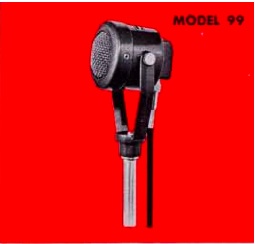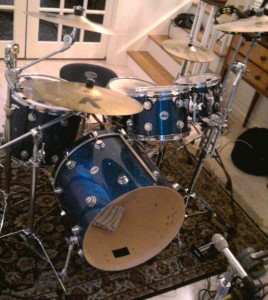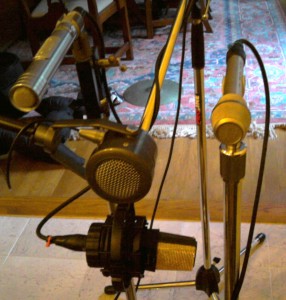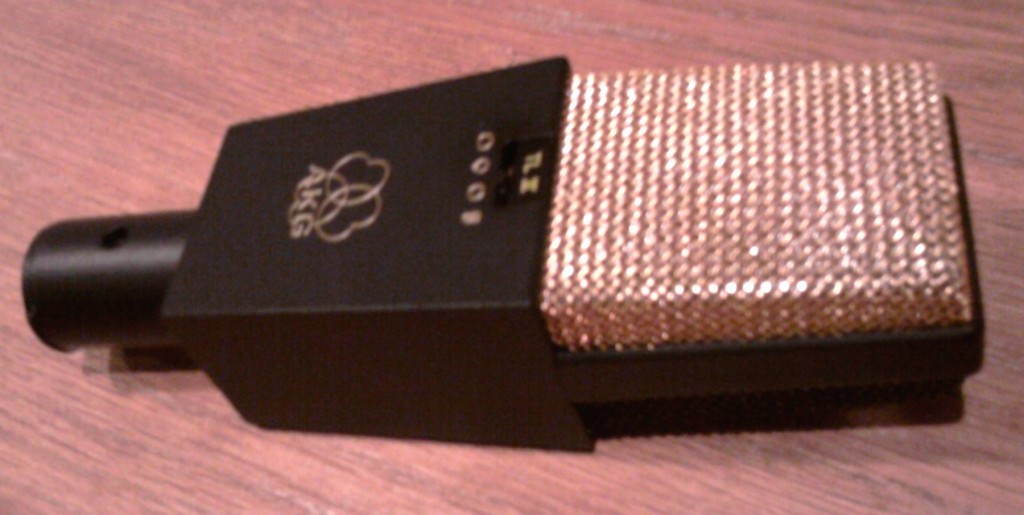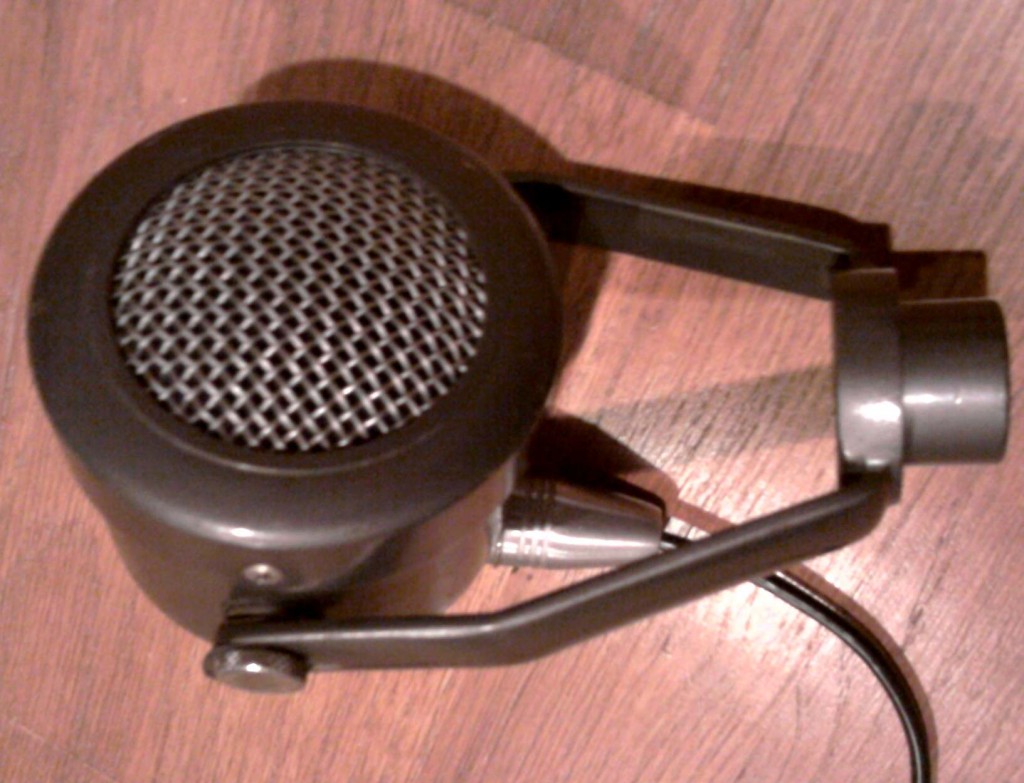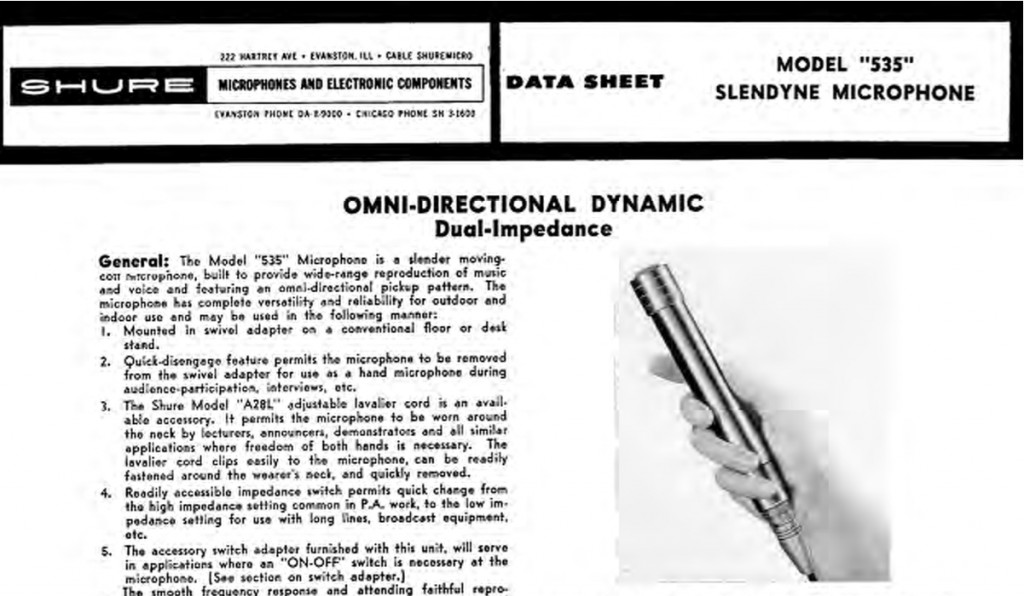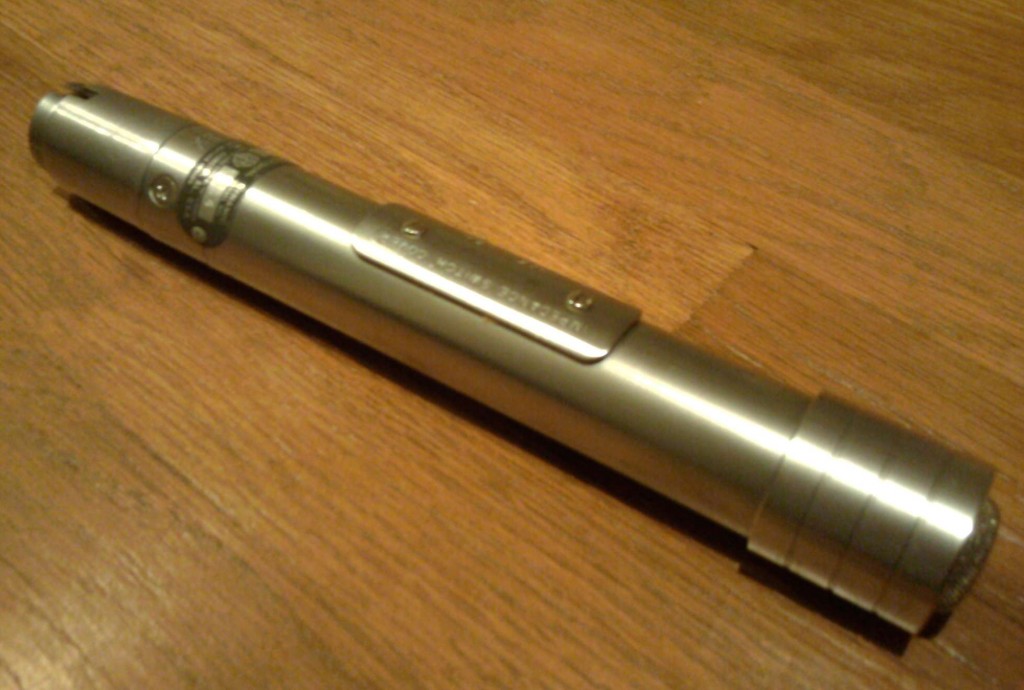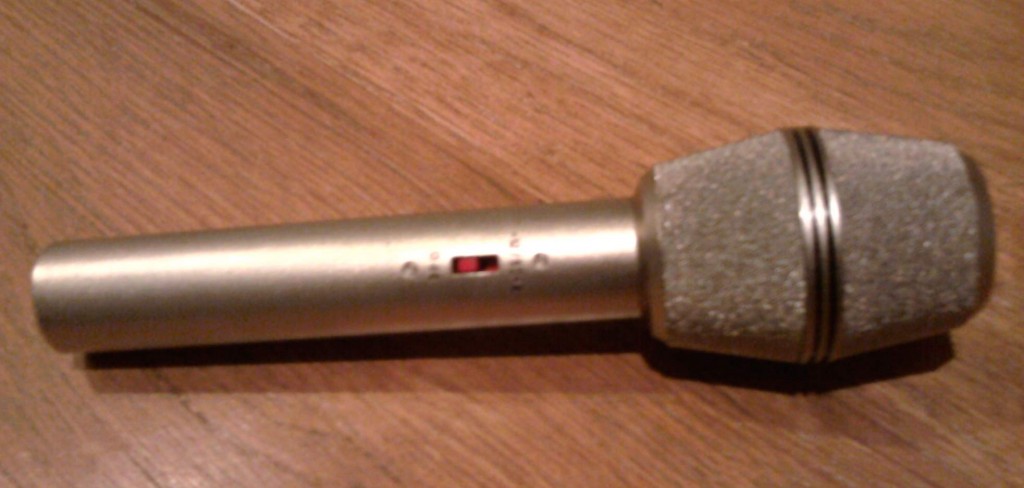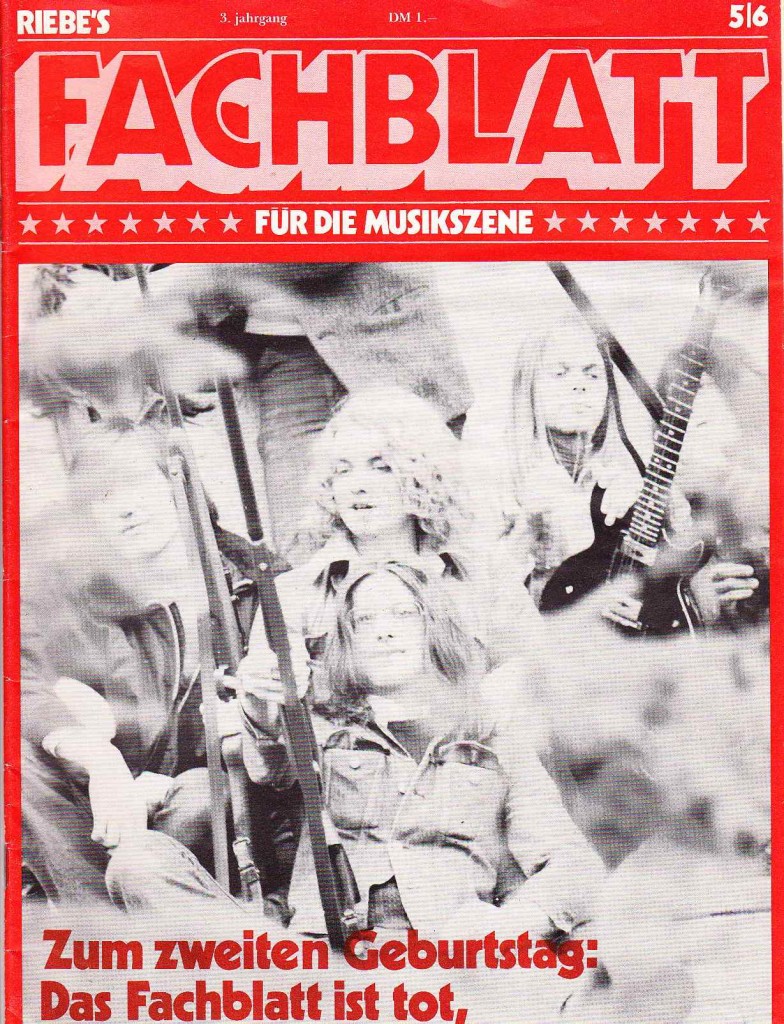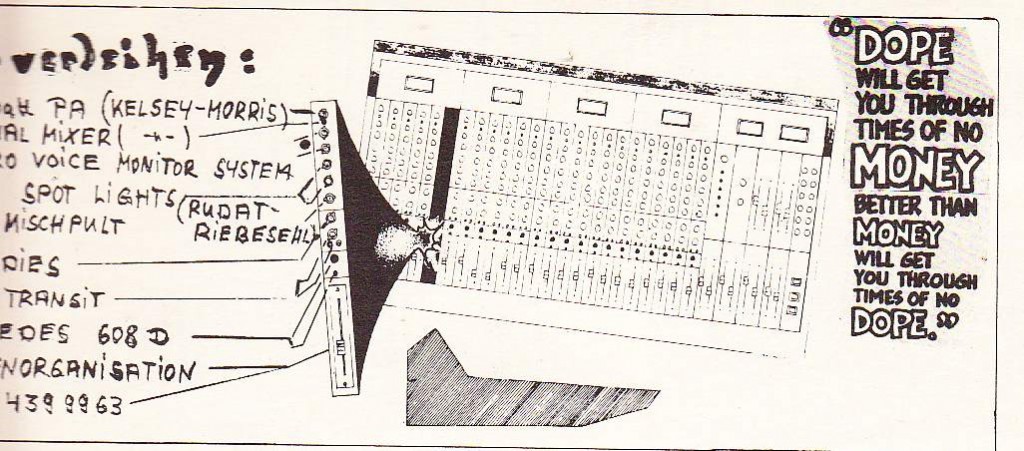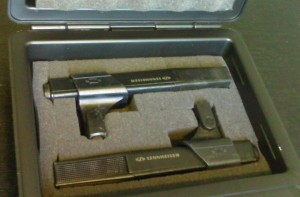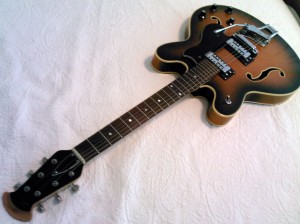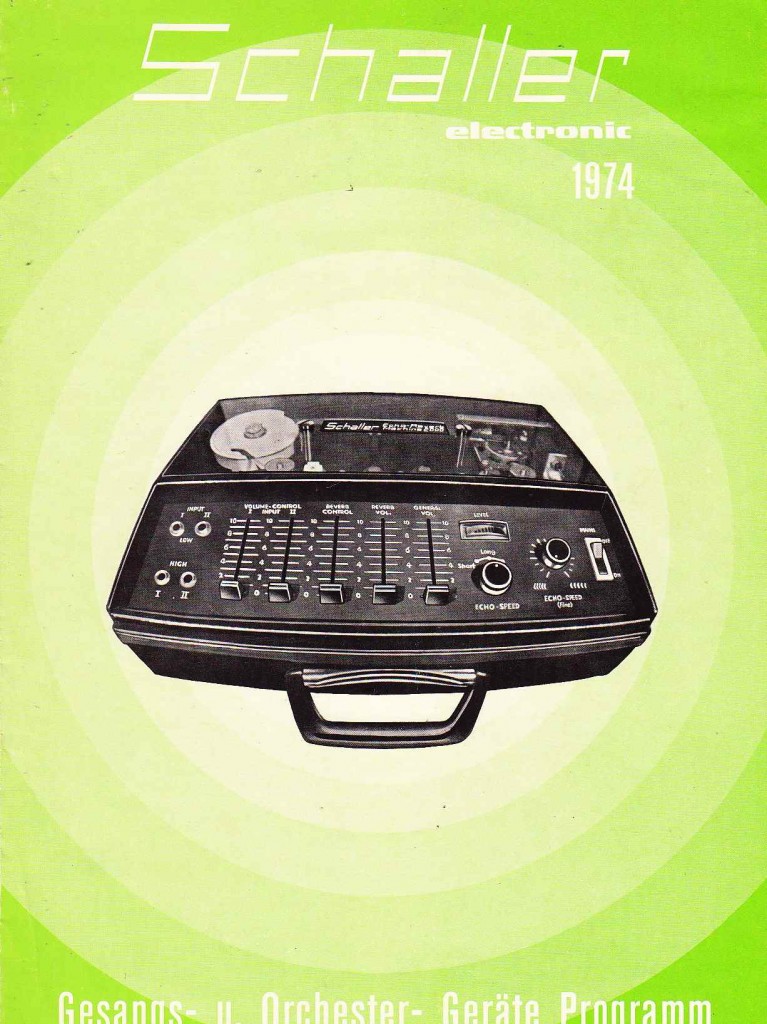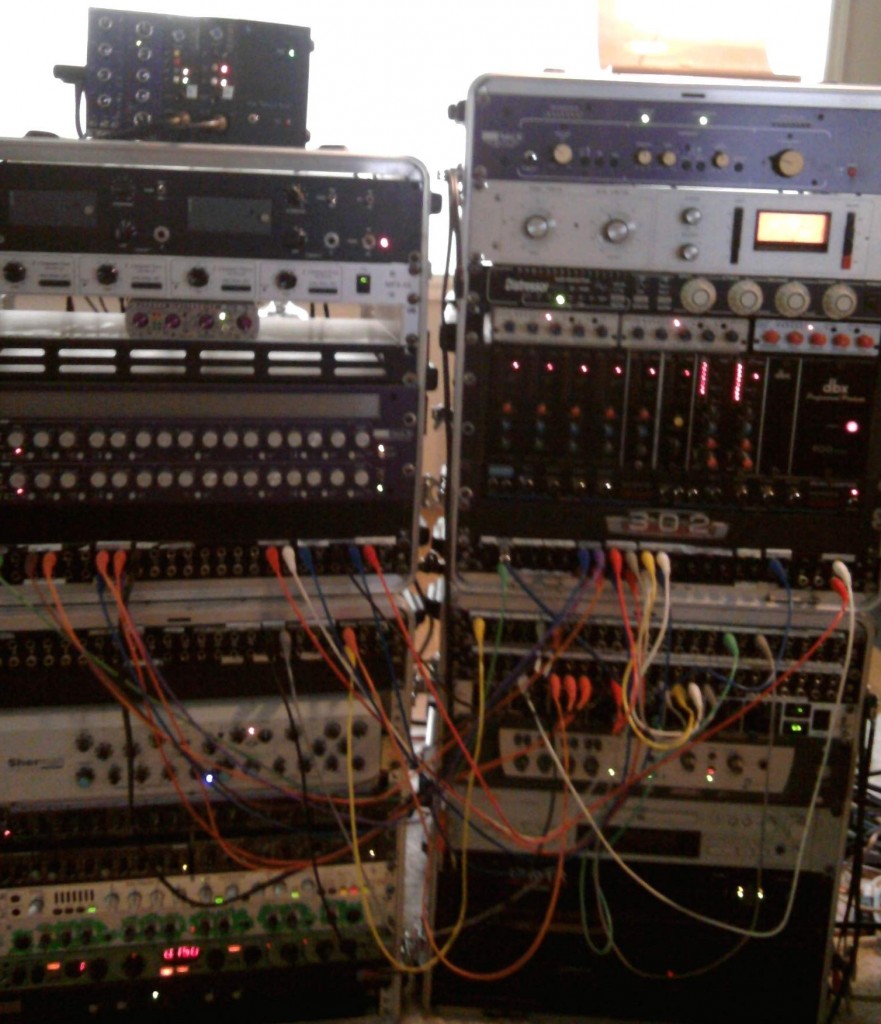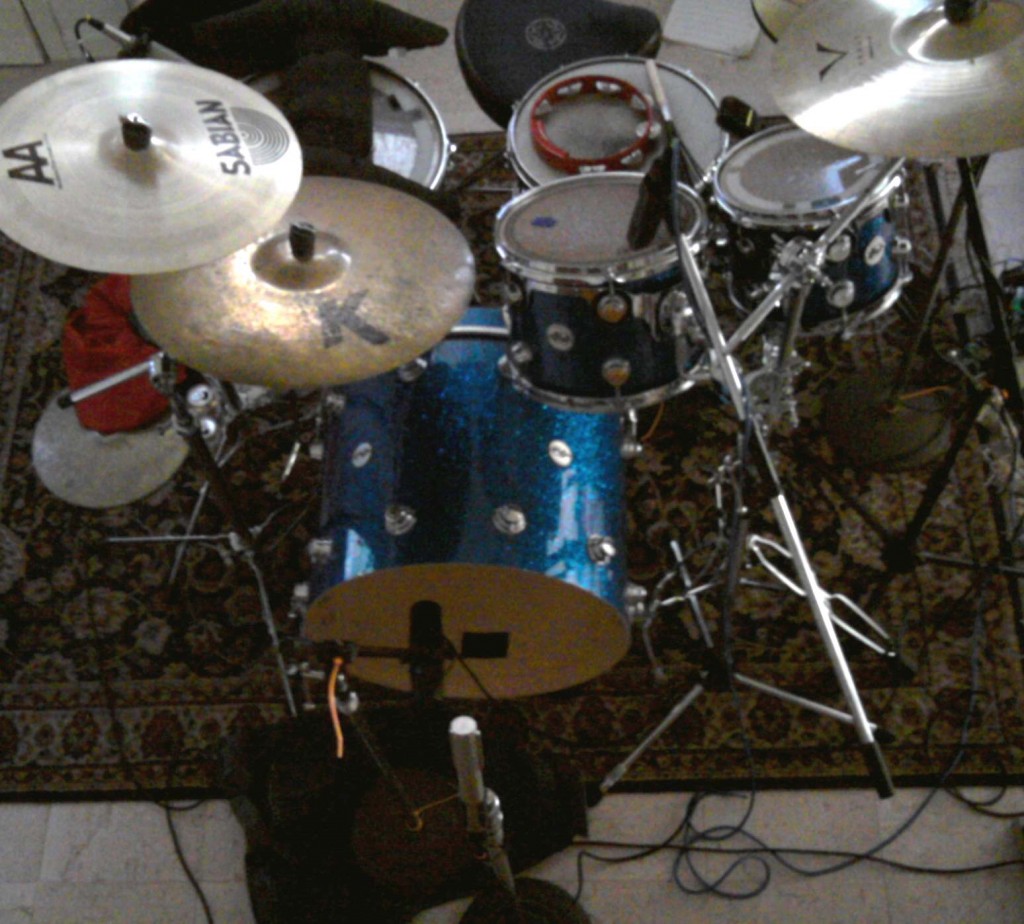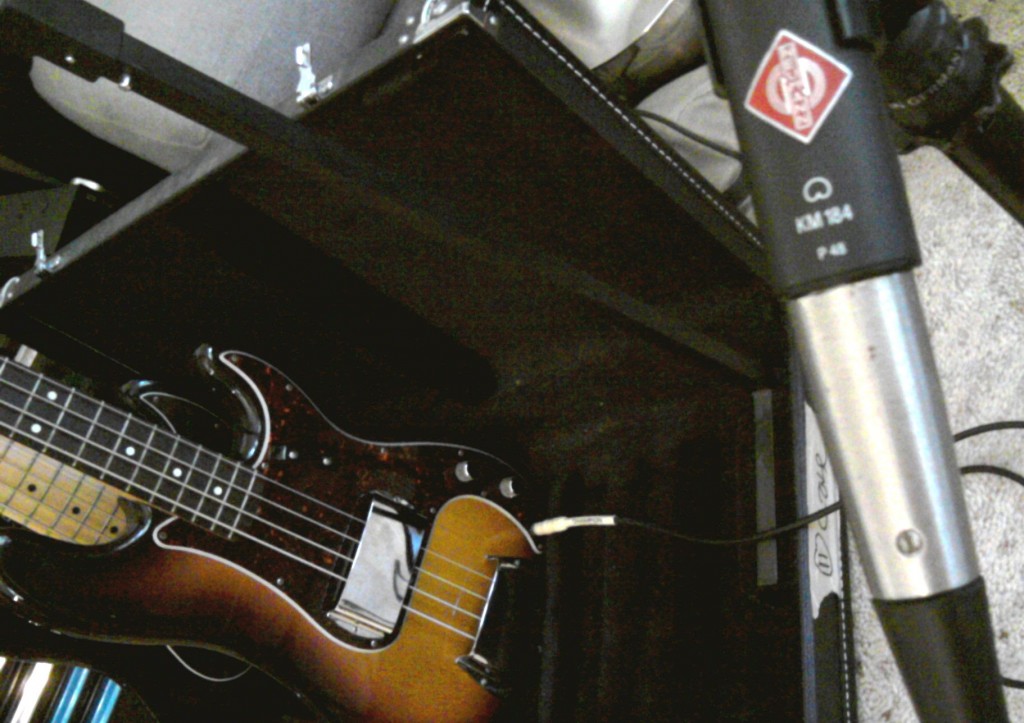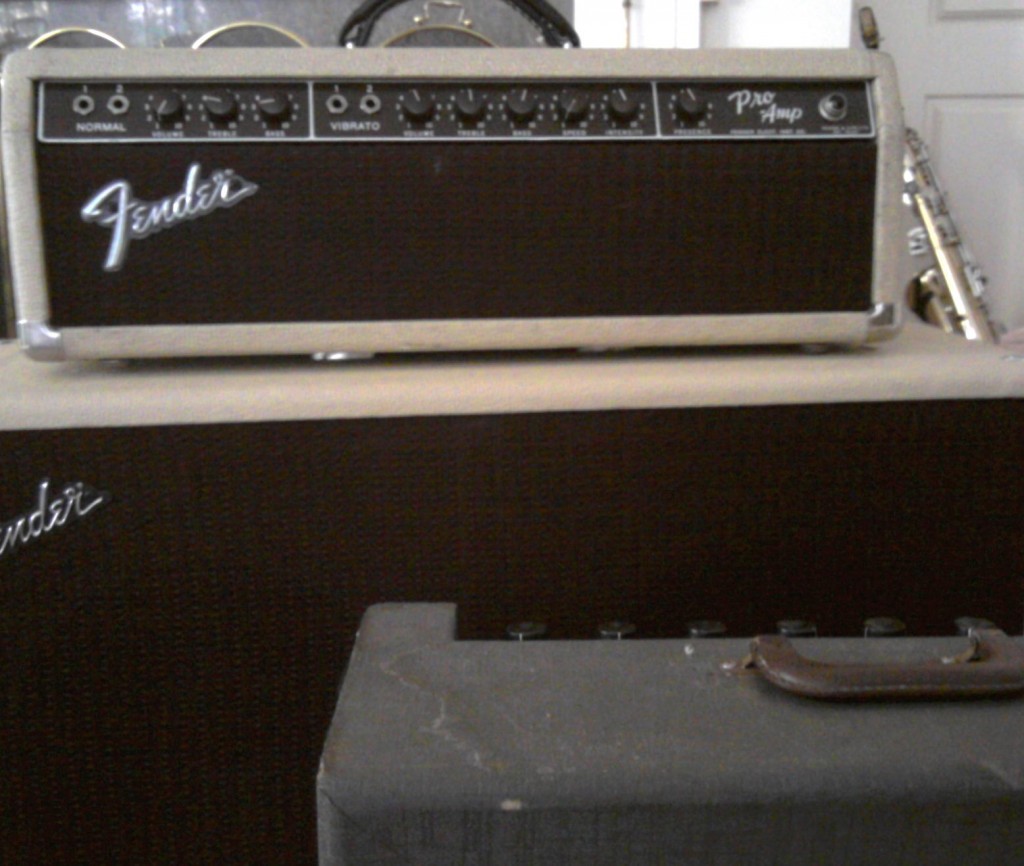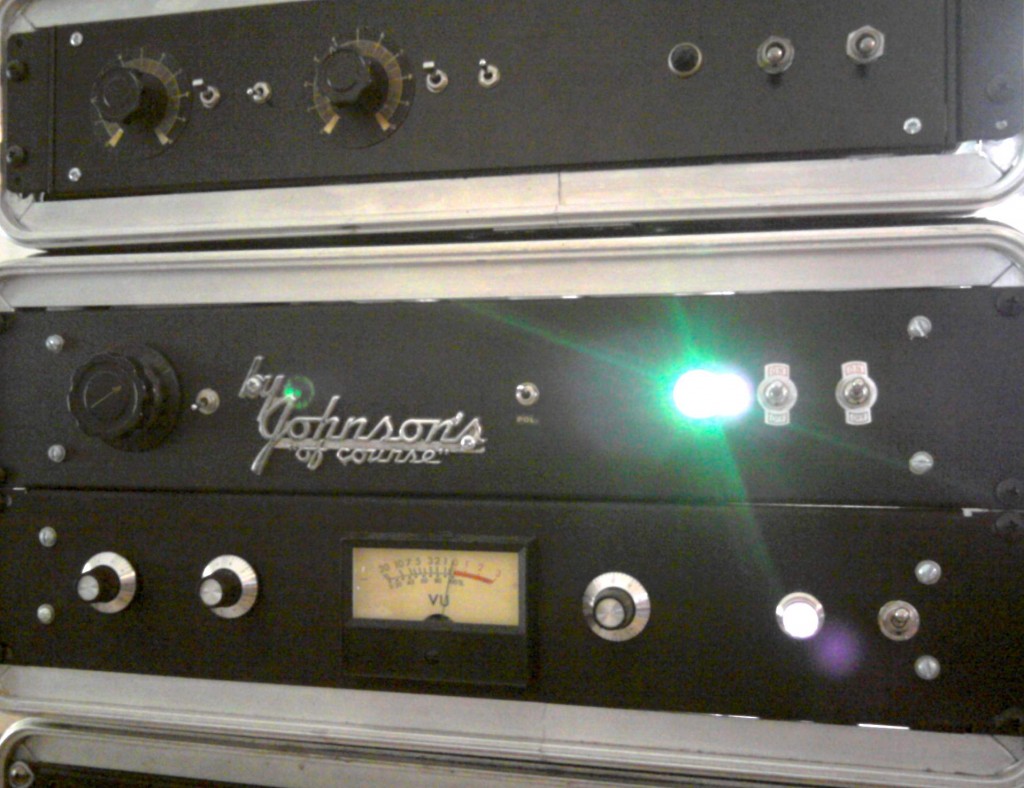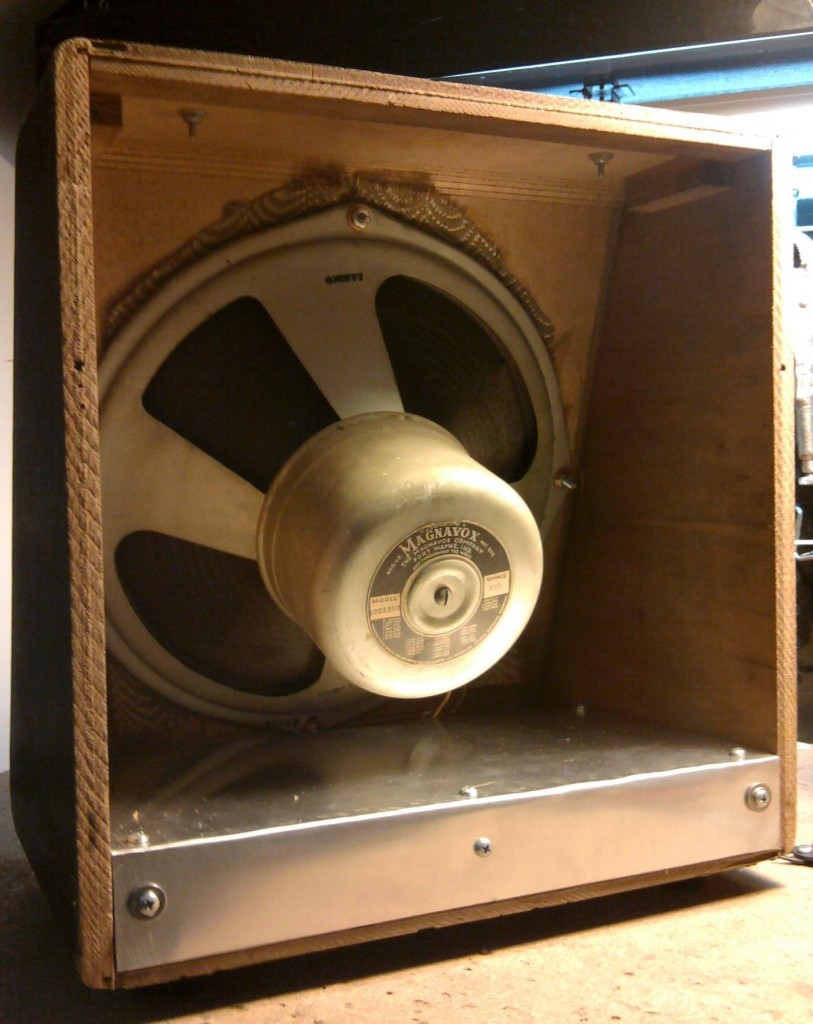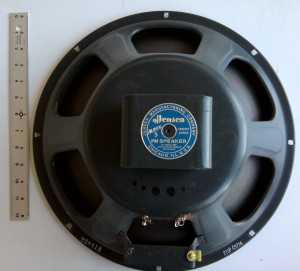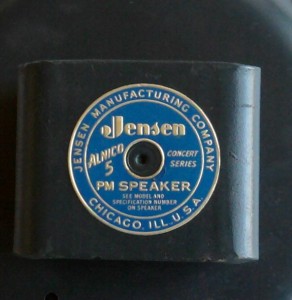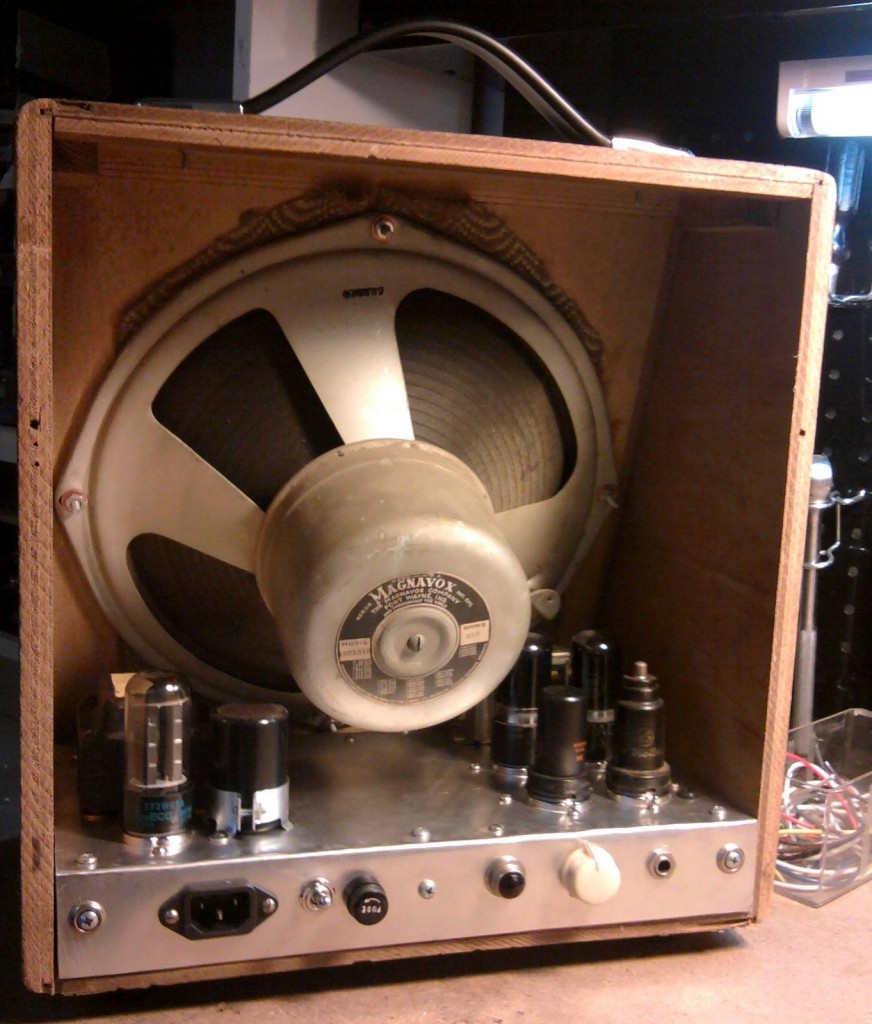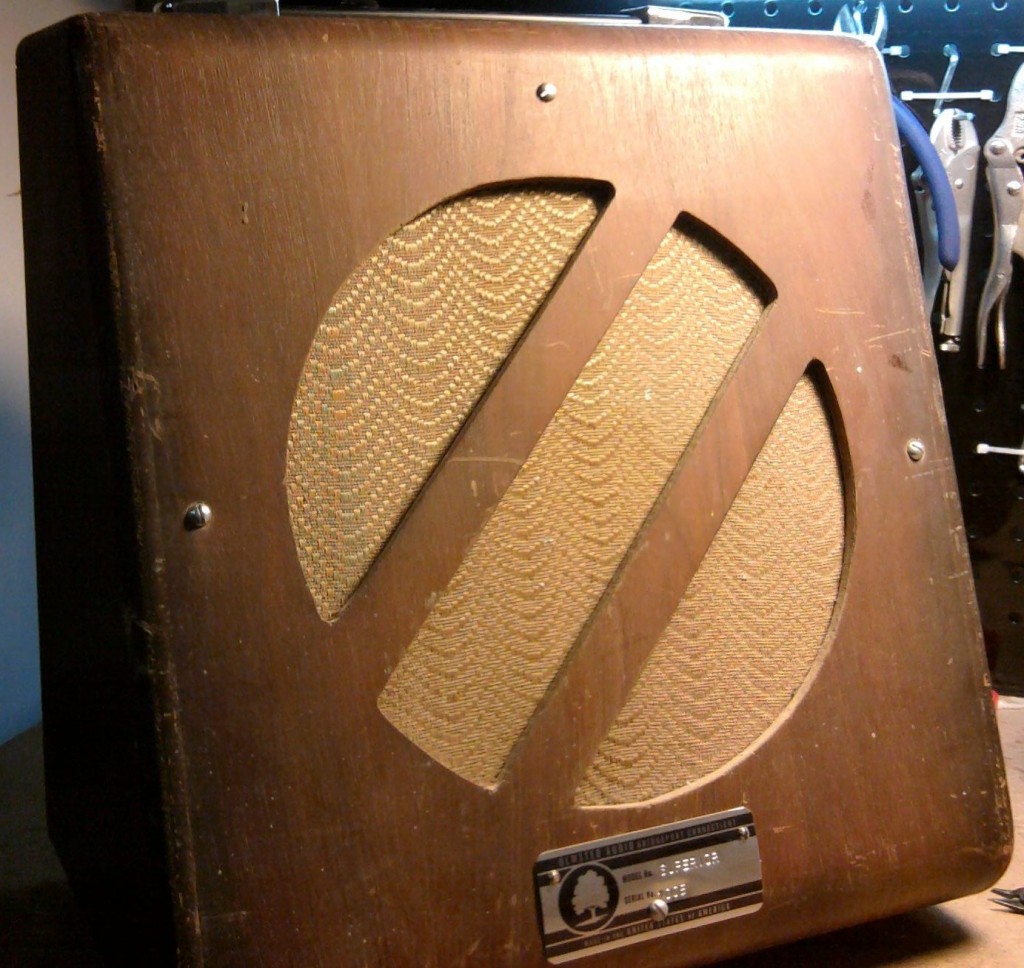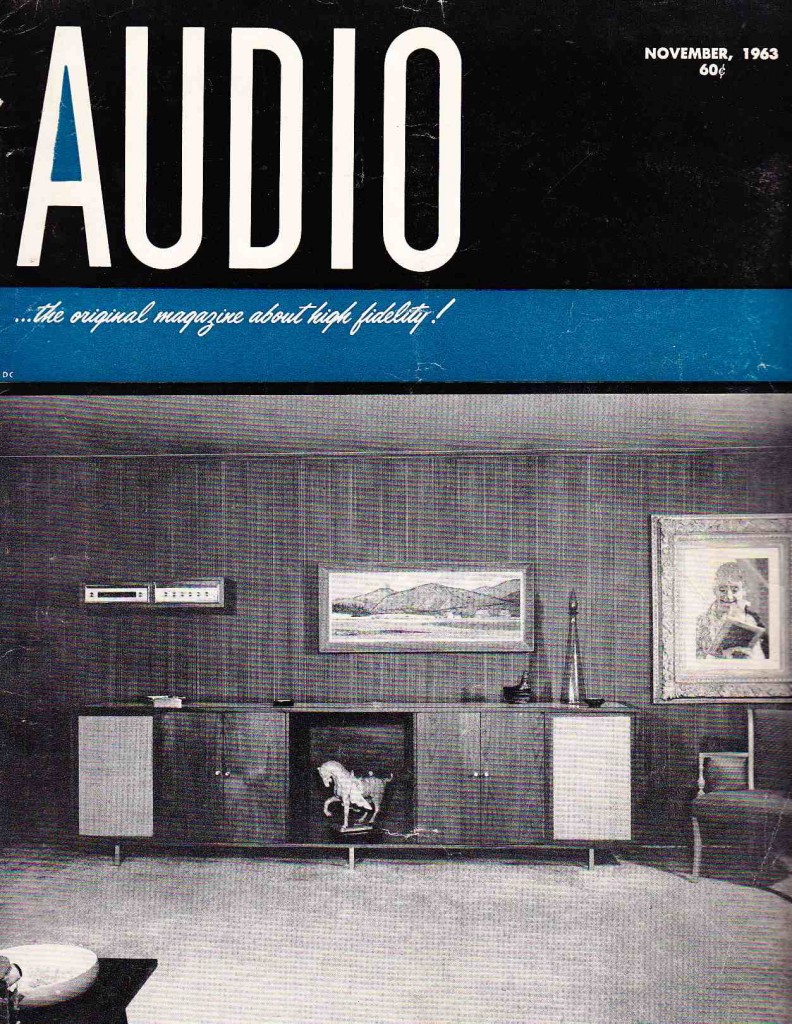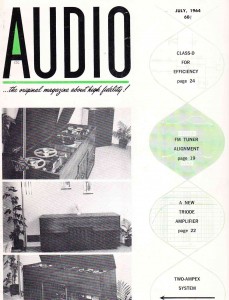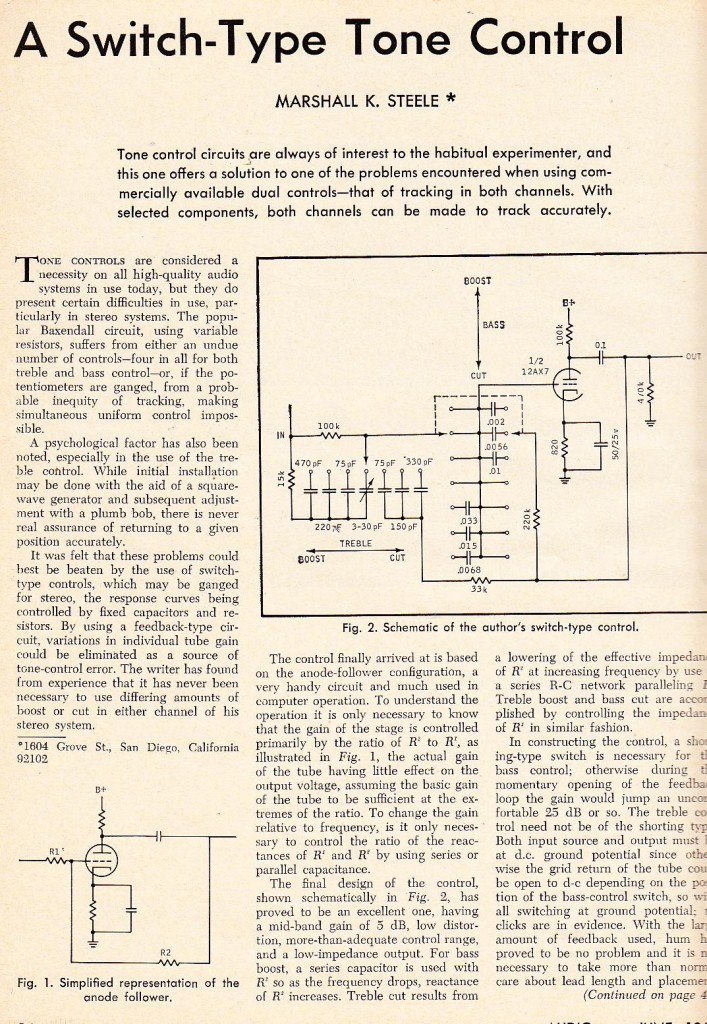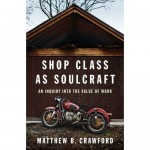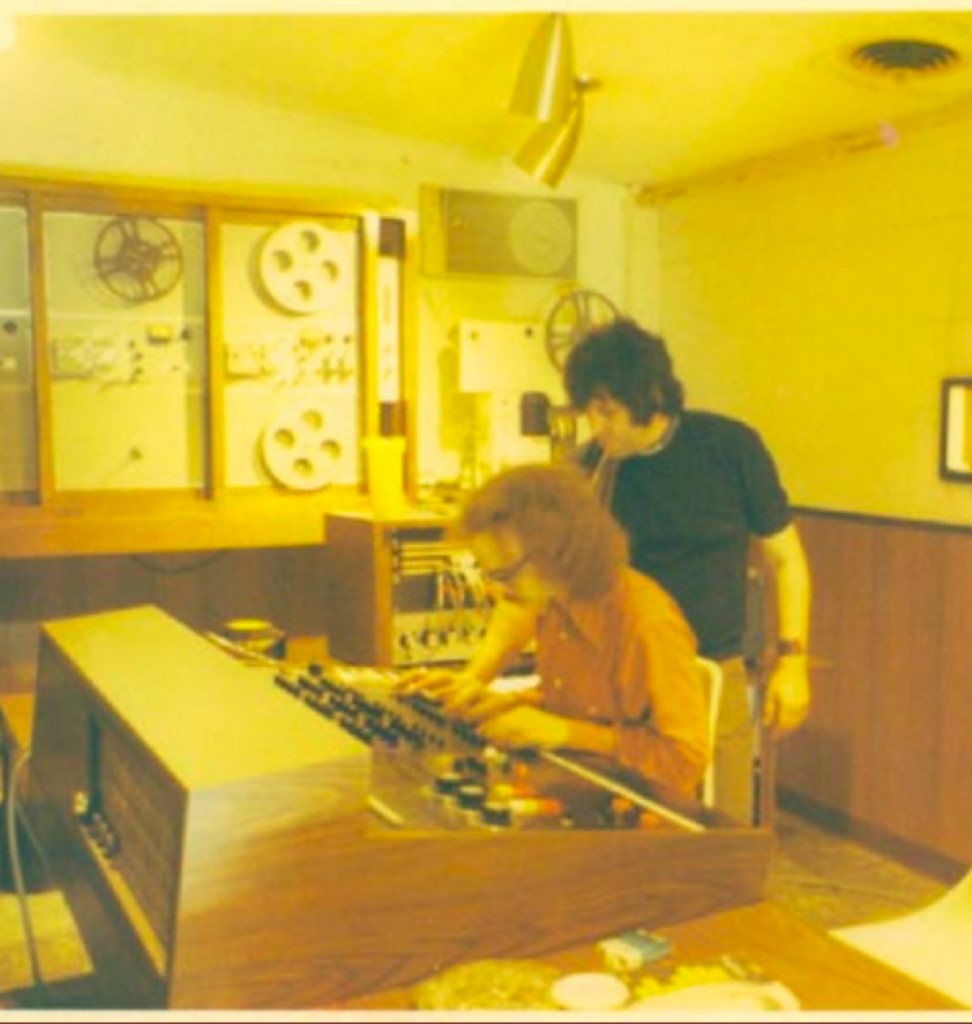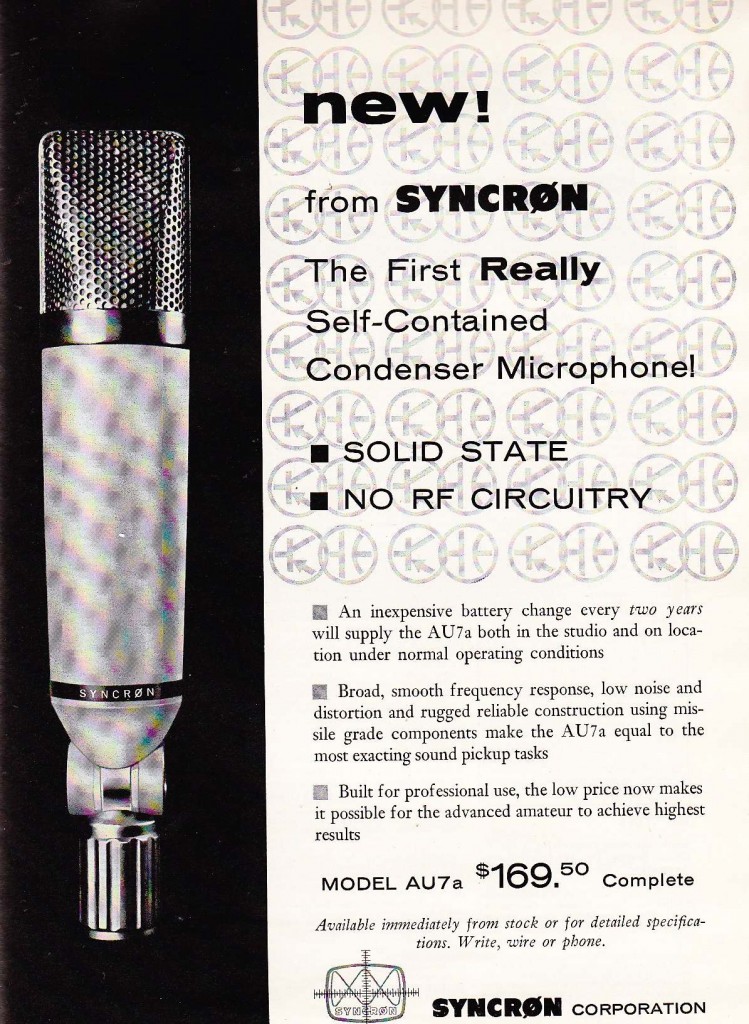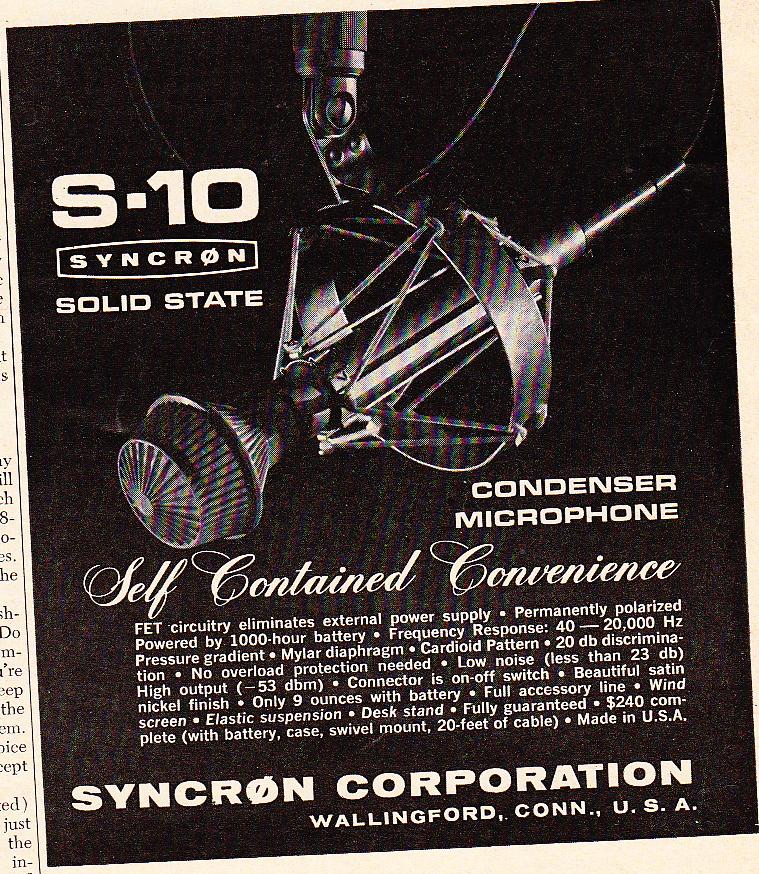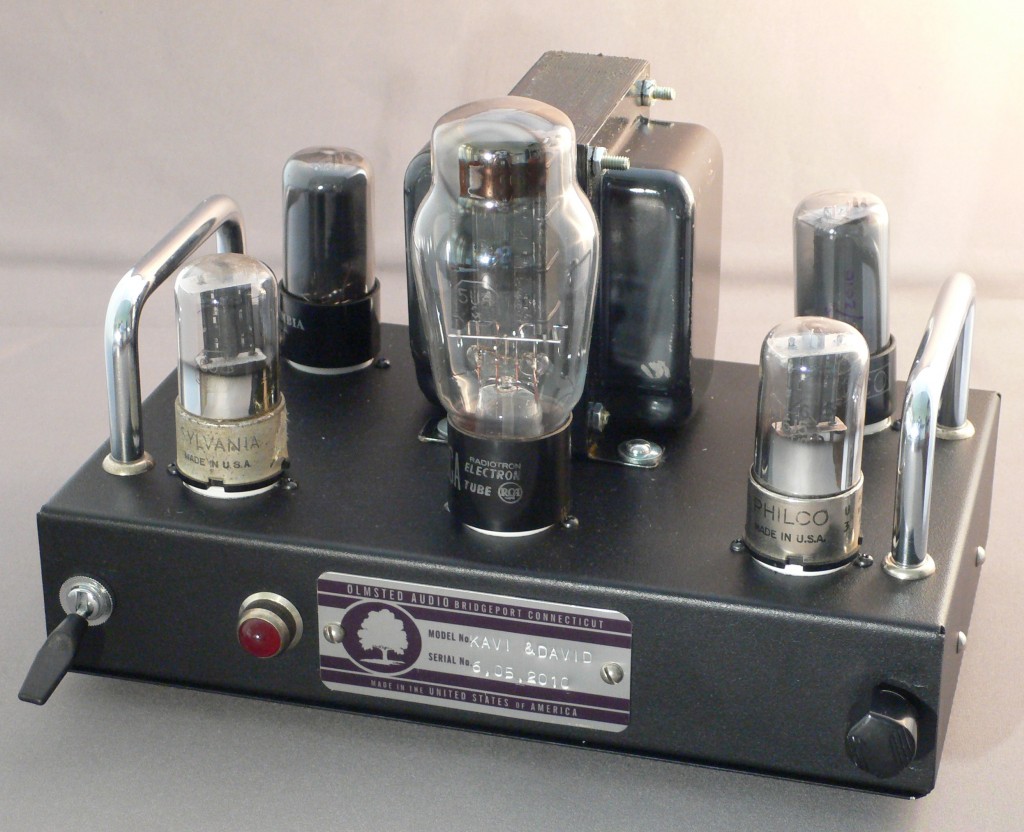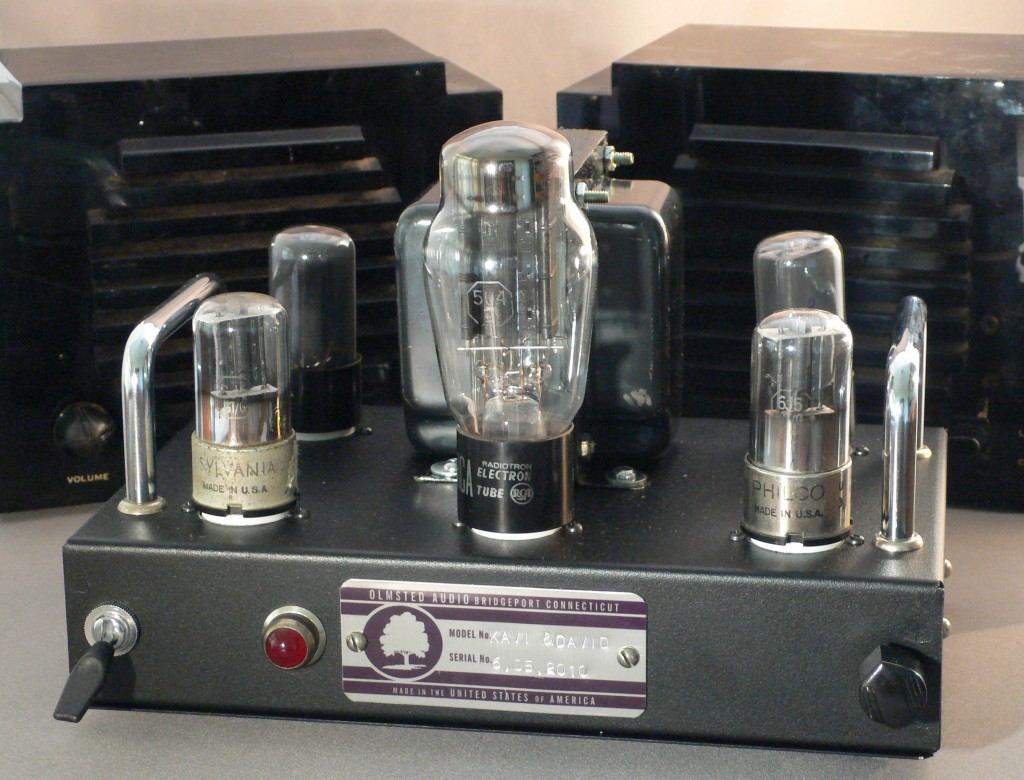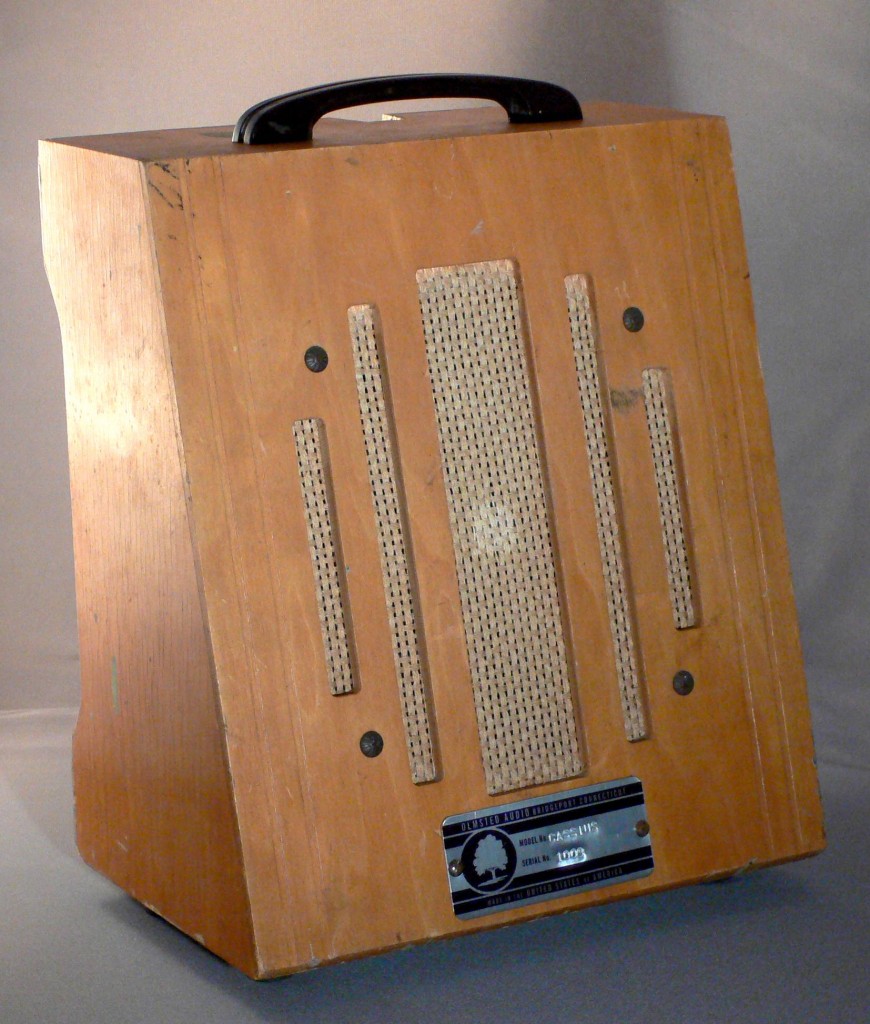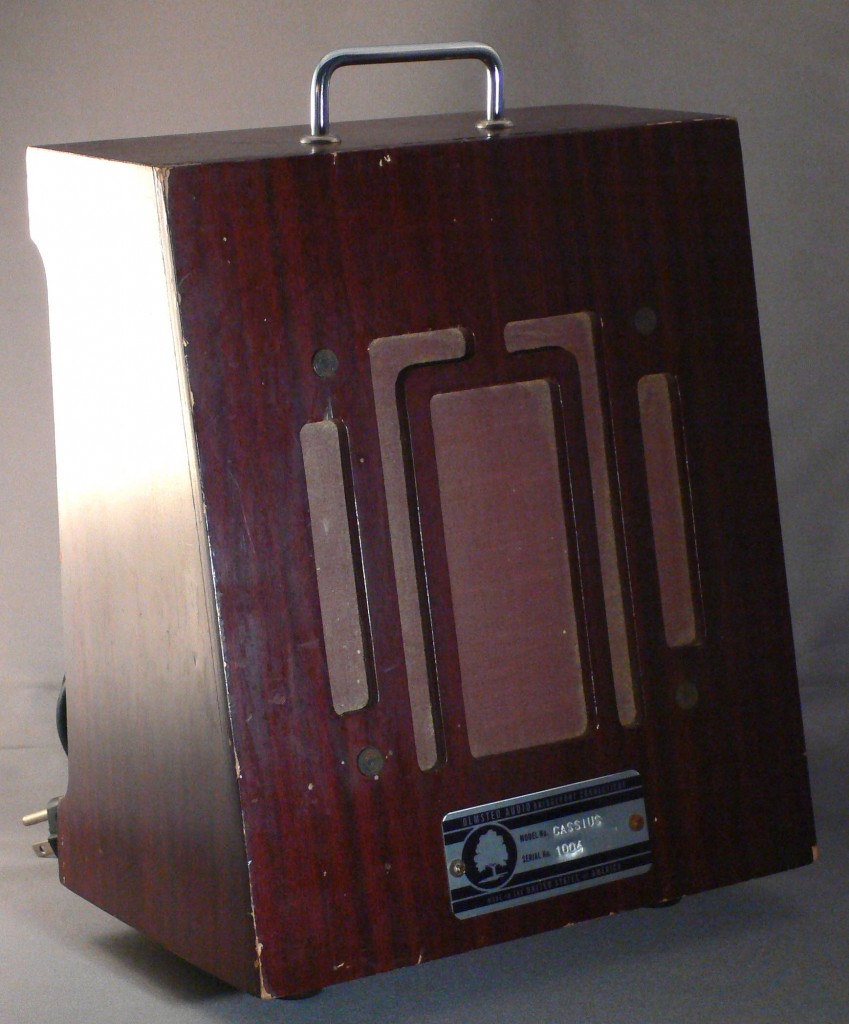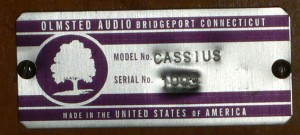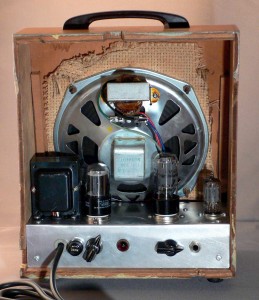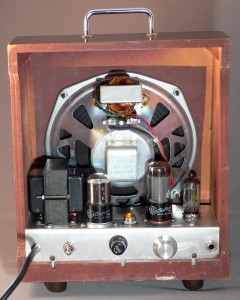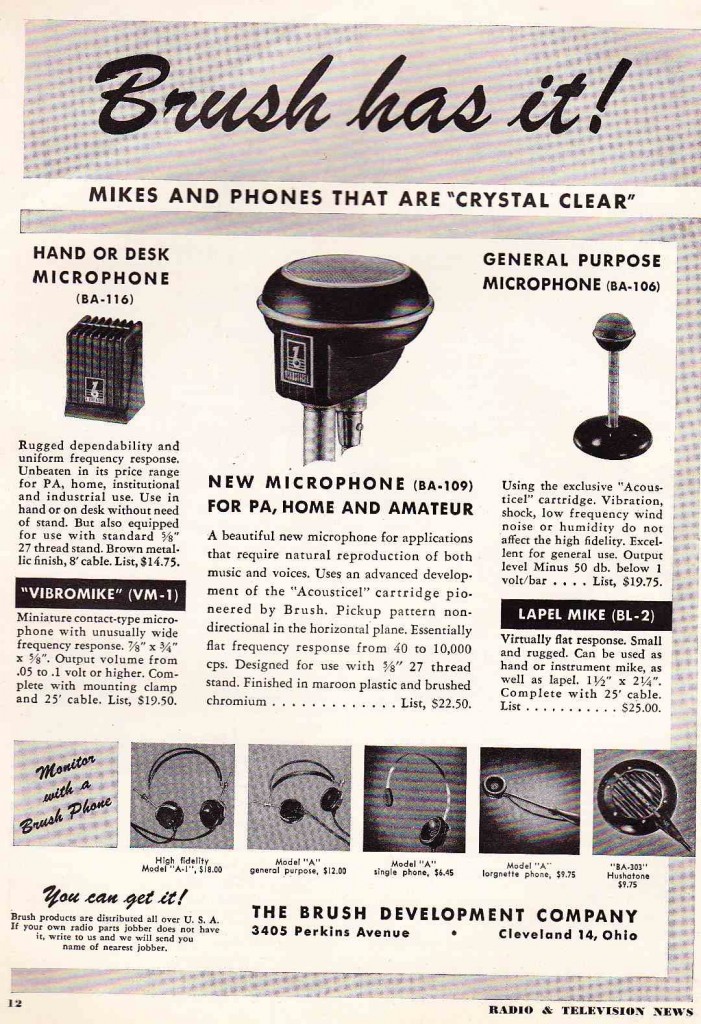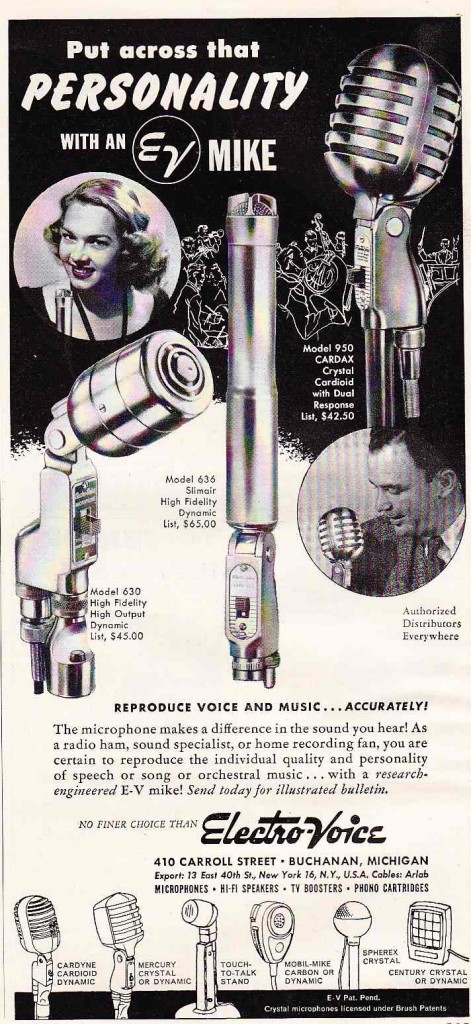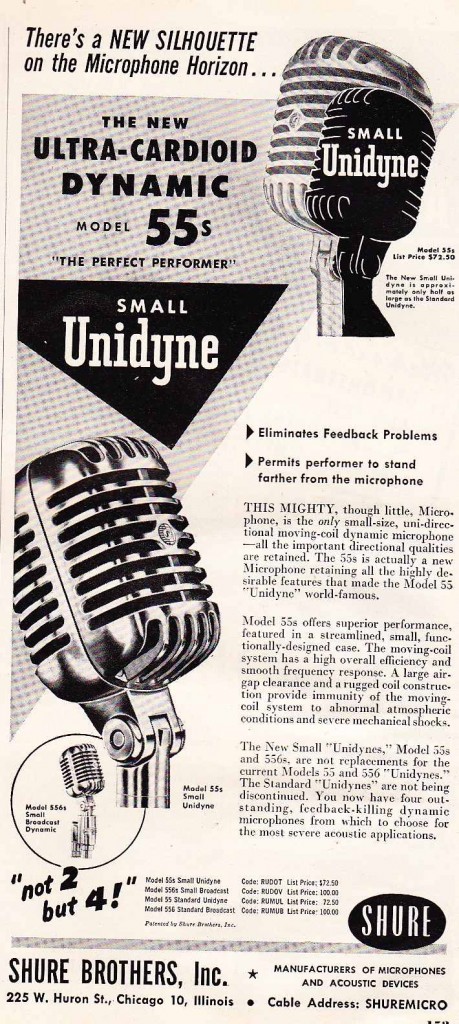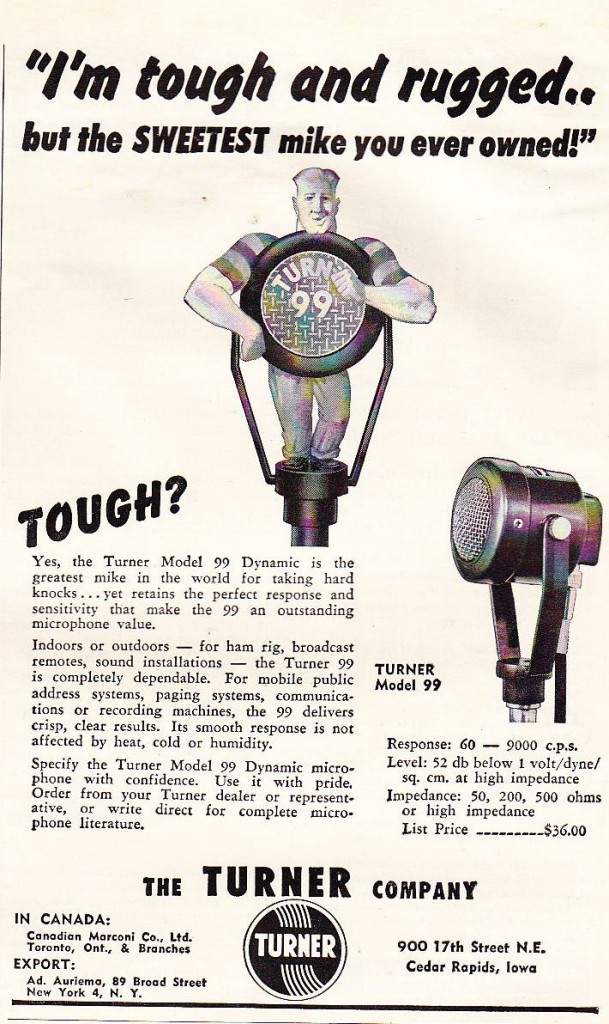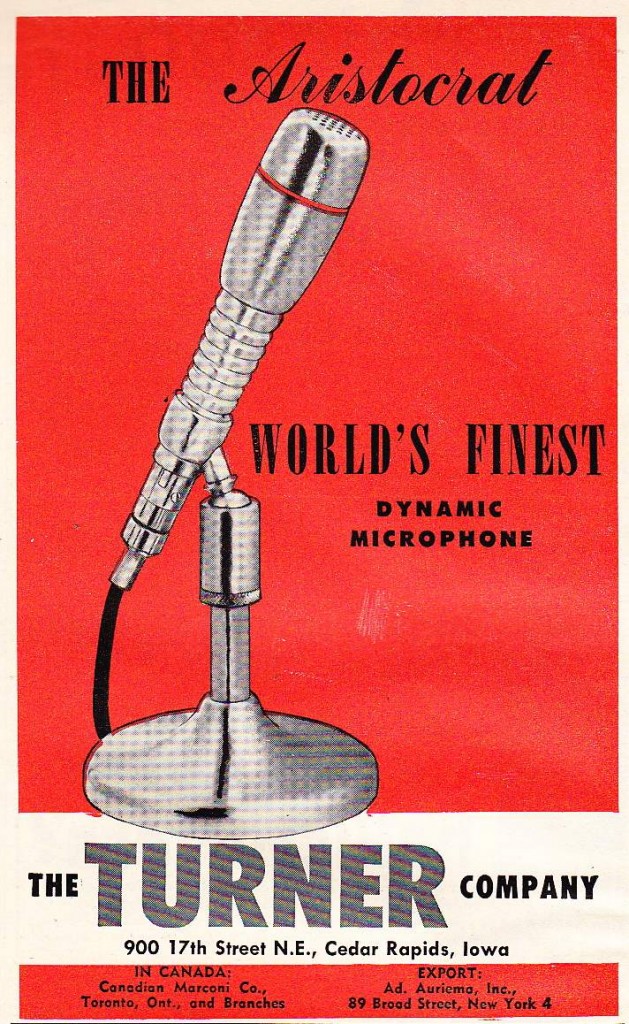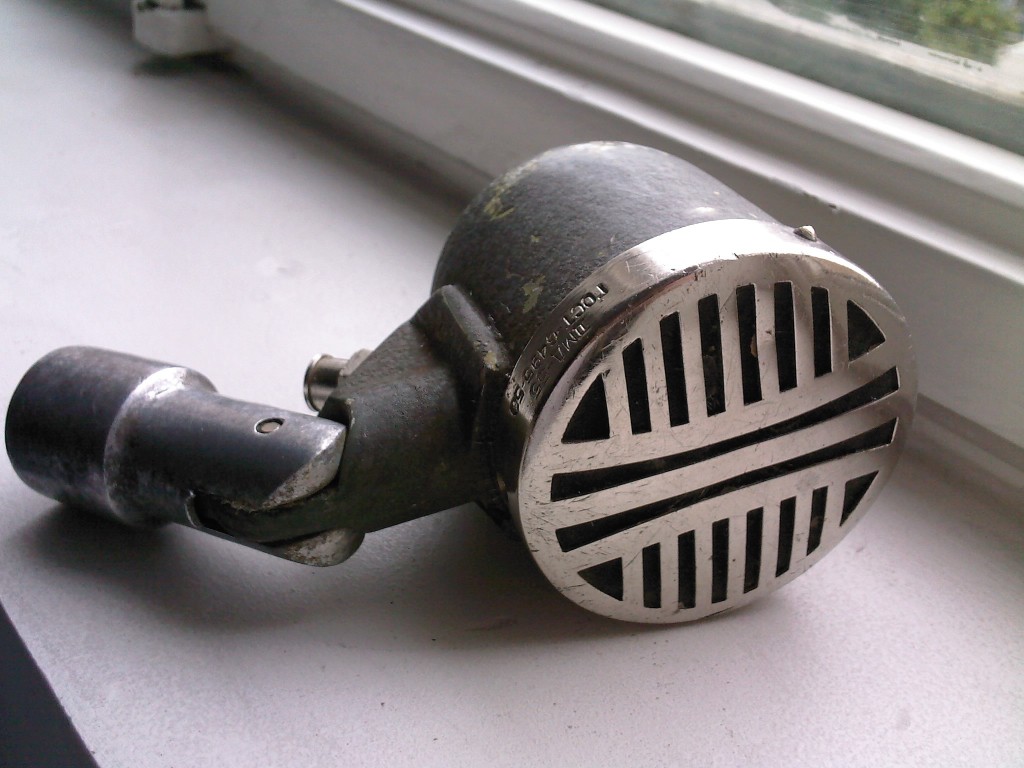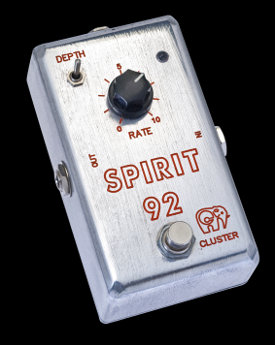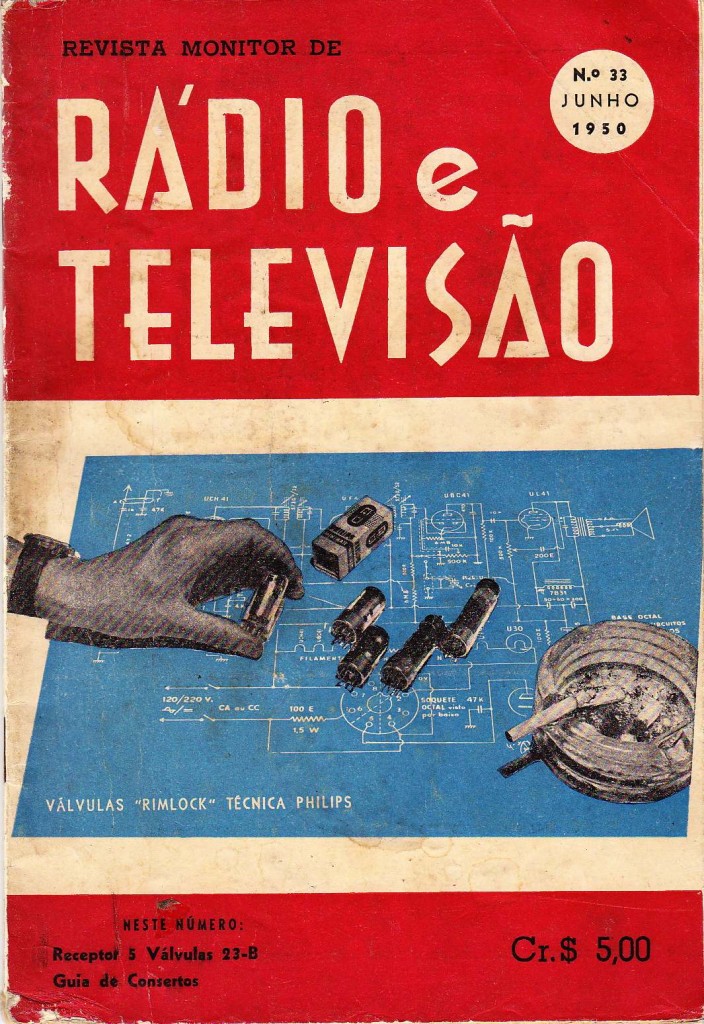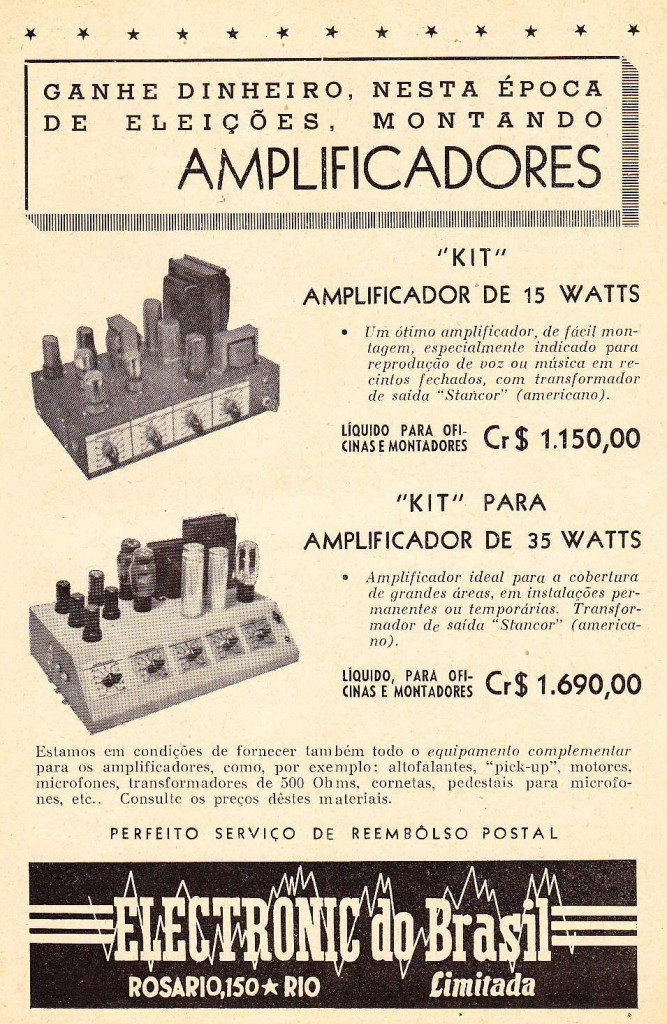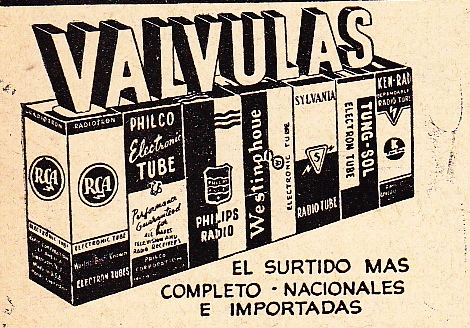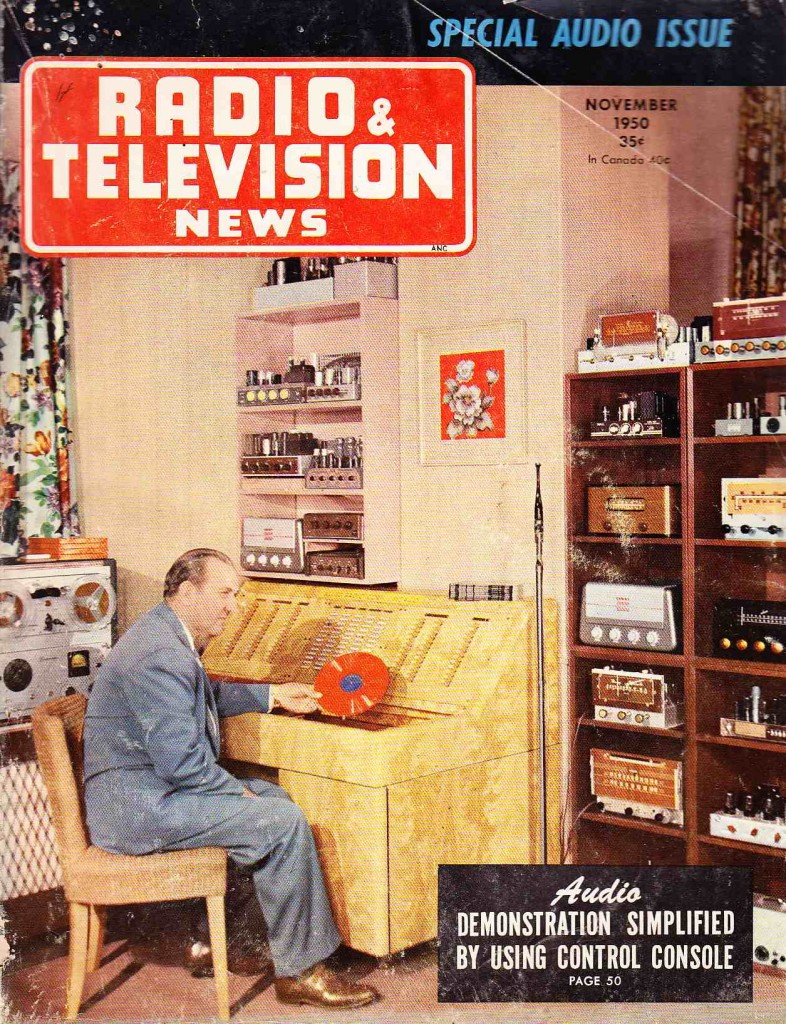
Why do some of us (audio enthusiasts, recording engineers, musicians) choose to use old vacuum tube equipment? The reasons vary widely, but very few users would cite ‘better reliability’ as a positive factor. True, much old tube-based audio equipment designed for professional use (EG., Fender guitar amps) is designed so that it CAN be easily serviced. I haven’t found a tube guitar amp yet that I couldn’t fix. But ‘serviceability’ is different from ‘reliability.’
Is vacuum tube audio equipment inherently less reliable than solid-state equipment? I am not certain that this is the case. But there are a few basic conditions of tube equipment that would seem to make it more prone to breakdown.
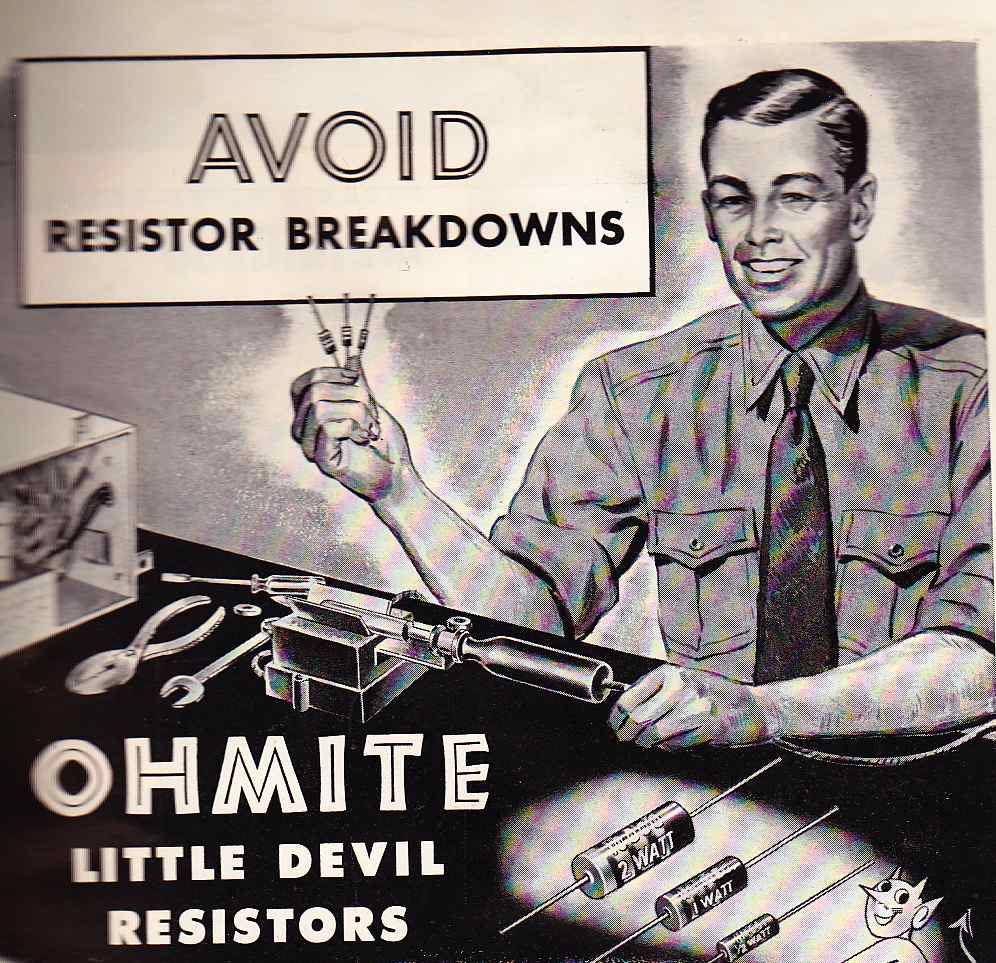
*High Voltage. Due to the optimum operating points of many vacuum tubes, most tube equipment will have DC voltages upwards of 300 or even 500 volts present inside the chassis, flowing through the capacitors, resistors, pots, and transformers. This voltage is often near the stated working limit of these components. Compare this to solid-state, where 24volts is the most you will likely find.
*Filaments (tube heaters). Man look at those tubes glow. They look great, right? Yes they do. But remember that the glow is created by heaters. Their function is to make the tube hot. Very very hot. And they make everything else in the area hot. Drying out wires and insulation, causing potting wax to flow out, and generally contributing to the decline of the physical condition of all the components. Consider the amount of heat in, say, a Fender Twin amp. Each 6L6 tube is drawing (6.3Vx .9A)= 6 watts x 4 tubes. That’s 24 watts of pure HEAT present whenever the device is turned on. Solid-state equipment does not need heaters to operate.
*Layout. In order to conserve space in a chassis, and simplify the construction, tube equipment was often wired point-to-point, with lots of little hand-made solder joints. Compare this to solid-state equipment, where the smaller (due to lower voltage requirements) components can all be assembled on a board. Just take a look at the two devices here. Which one do you think is more likely to develop a problem due to mechanical shock?
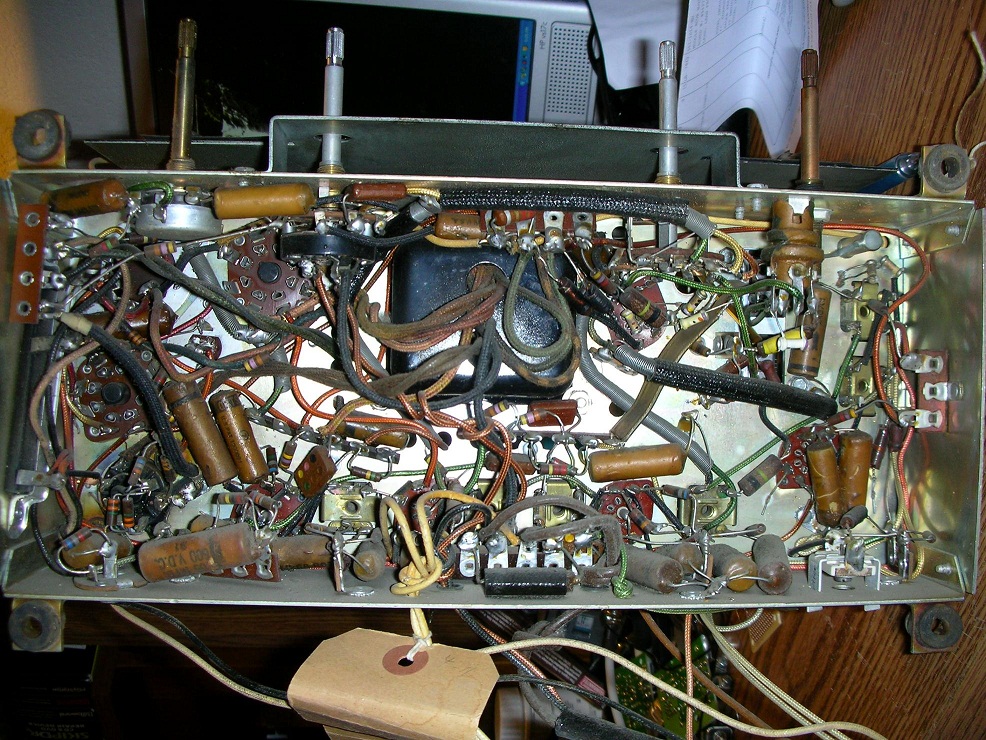
(web source)
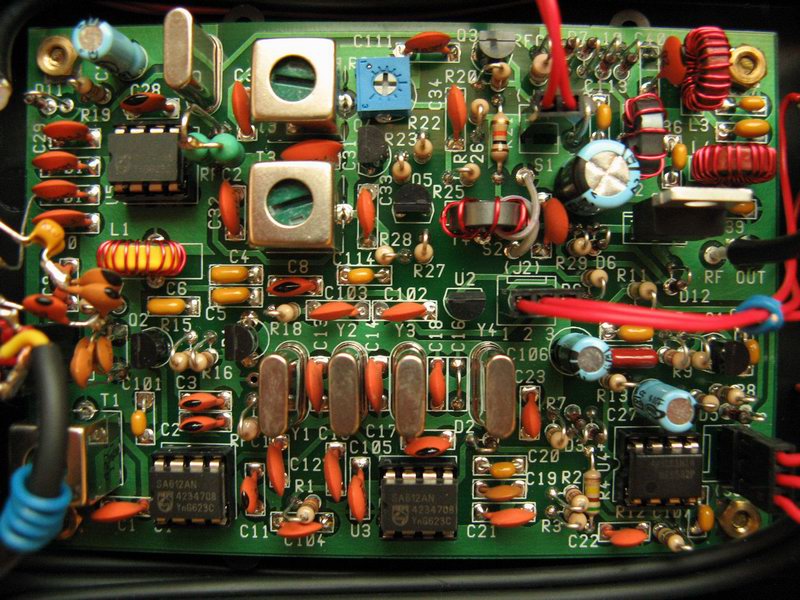 (web source)
(web source)
Anyhow, vacuum tube equipment tended to require more servicing than later solid-state equipment designed for the same purpose. A natural consequence of this was… more servicemen! Radio/Television repair shops used to be a common sight in America. Now, not so much. Even beyond the greater need for servicing in the tube-era, there is secondary reason: cost. Since so much modern ‘surface-mount’ equipment can be built by robotic automation, and produced offshore, modern equipment costs less. It’s often just not worth repairing. You simply throw it out. This was not the case in the 1950s.
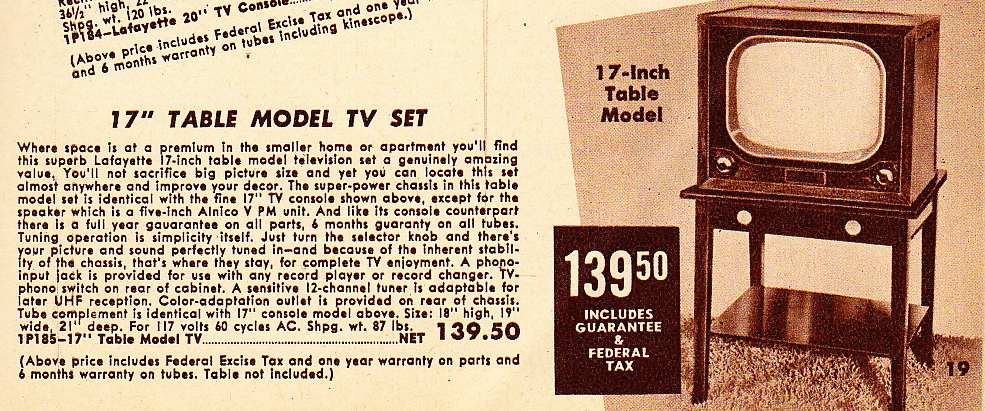
Consider the cost of a basic 17″ television in 1951. $139.50. This is today’s equivalent of $1170. That’s a lot of money. If your $1170 TV breaks, you would likely get it fixed. Whereas in 2010, a 17″ TV will only cost you $168. Would you spend time and money to have a $168 TV serviced? Not likely.
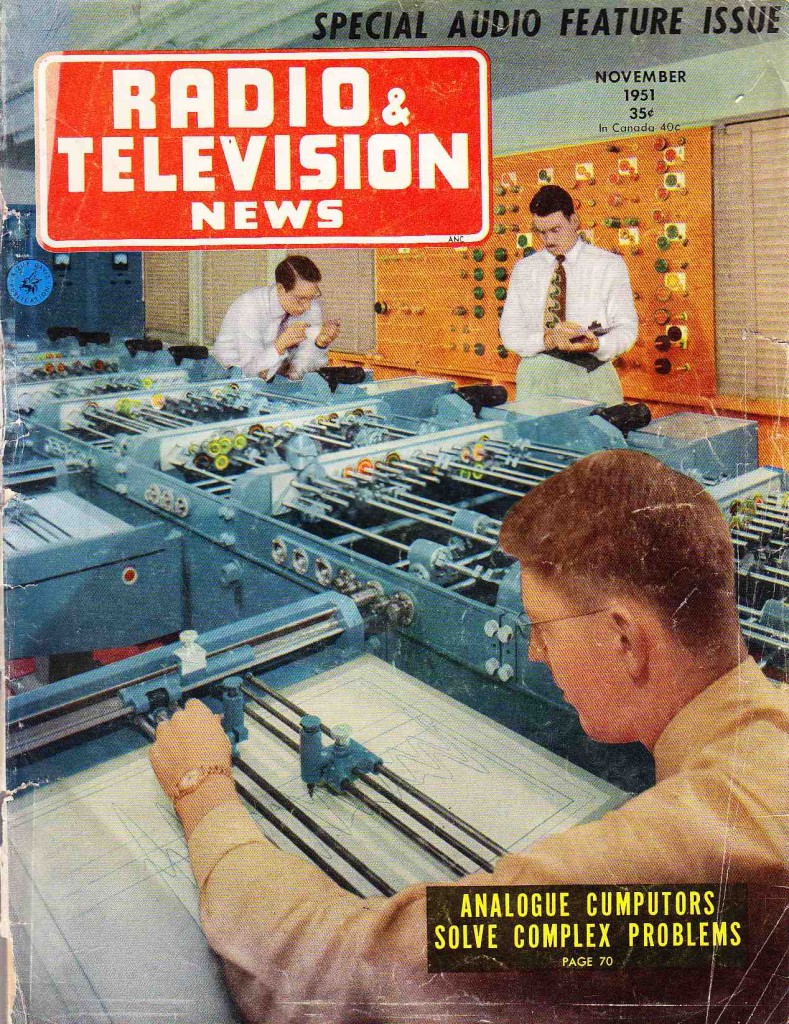
A large range of publications once existed to cater to these legions of TV/Radio serviceman. We will look at several of these titles in the future on this site. For today, let’s consider Radio & Television News, which was the 1948-1959 title of the magazine that Ziff-Davis published for the professional readership market. Wiki has a good article about the long and complex history of this publication. Anyhow, the R&TN ran articles on electronic theory, service practice, general small-business professionalism, etc. They also had several articles in each issue which offered circuit descriptions and schematics for various devices. R&TN published several ‘Audio Feature’ issues that have some interesting projects outlined. Today we will look at some of these projects which have potential use in the recording studio.
FOLLOW THE LINK FOR MANY INTERESTING C.1950 DIY AUDIO PROJECTS.,..
